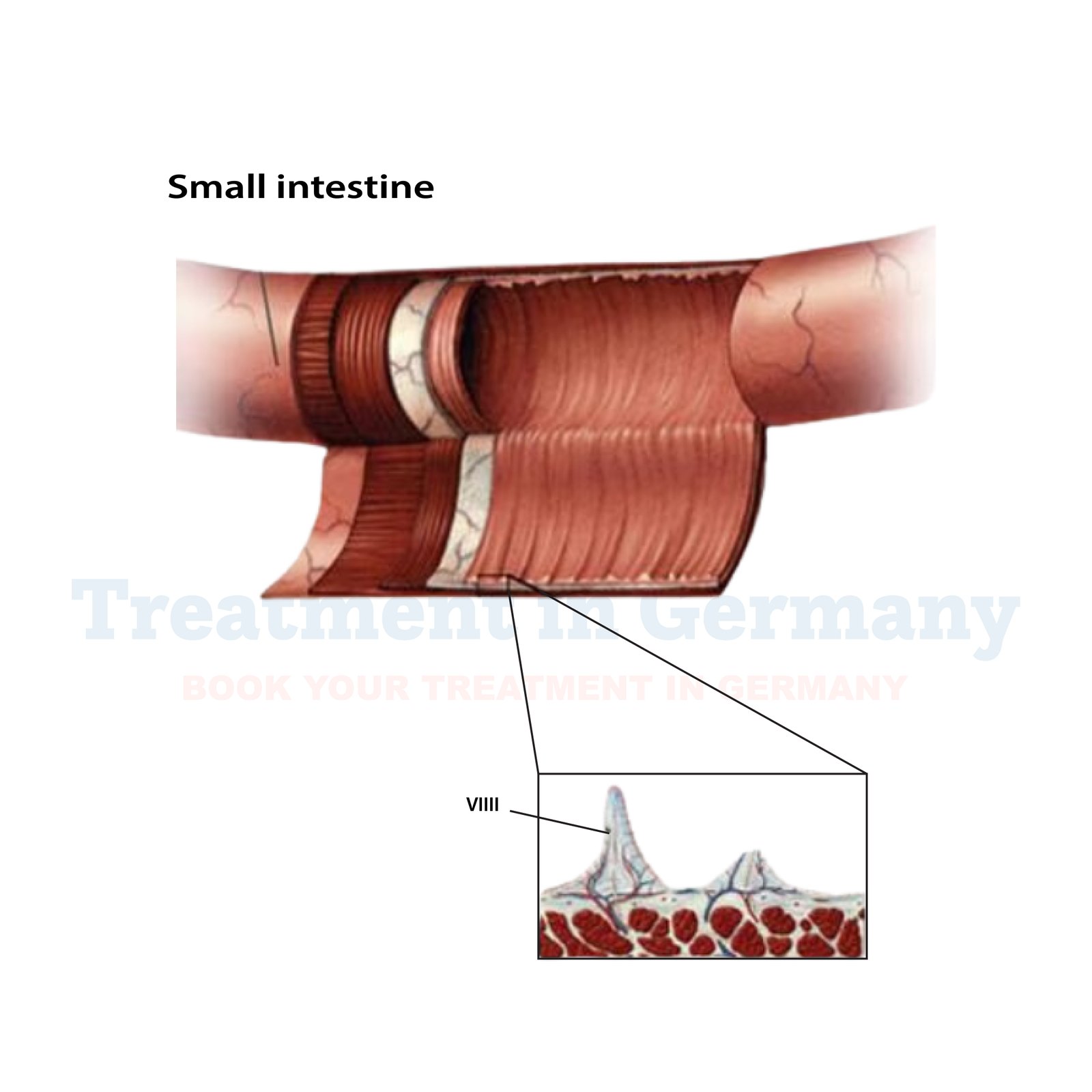What is Whipple's Disease:
Whipple's Disease is a rare bacterial infection caused by Tropheryma whipplei bacteria. This condition primarily affects the digestive system, causing inflammation and damage to the lining of the small intestine.
However, it can also spread to other parts of the body, including the joints, brain, and heart.
Side effects of Whipple's Disease:
The symptoms of Whipple's Disease can vary widely from person to person, making it challenging to diagnose. Common symptoms may include:
- Gastrointestinal Symptoms: These can include diarrhea, abdominal pain, bloating, and weight loss due to malabsorption of nutrients.
- Joint Pain: Whipple's Disease may cause arthritis-like symptoms, including joint pain and stiffness.
- Neurological Symptoms: In some cases, the bacteria can spread to the central nervous system, leading to symptoms such as confusion, memory problems, and seizures.
- Cardiovascular Symptoms: Whipple's Disease can affect the heart, causing symptoms such as chest pain, palpitations, and heart murmurs.
- Skin Changes: Skin lesions or hyperpigmentation may occur in some individuals with Whipple's Disease.
How is Whipple's Disease diagnosed?
Diagnosing Whipple's Disease can be challenging due to its rarity and varied symptoms. However, healthcare providers may use a combination of the following methods to diagnose the condition:
- Clinical Evaluation: A thorough review of medical history and physical examination to assess symptoms and potential risk factors.
- Blood Tests: Blood tests may be conducted to check for signs of infection, inflammation, and malabsorption.
- Endoscopy and Biopsy: Endoscopic procedures, such as upper gastrointestinal endoscopy or colonoscopy, may be performed to obtain tissue samples for examination under a microscope.
- Molecular Testing: Polymerase chain reaction (PCR) testing can detect the presence of Tropheryma whipplei DNA in tissue samples.
- Imaging Studies: Imaging tests like X-rays, CT scans, or MRI scans may be used to evaluate the extent of tissue damage and identify any complications.
Potential treatments of Whipple's Disease:
Treatment for Whipple's Disease typically involves a combination of antibiotics to eradicate the bacterial infection and manage symptoms. The primary antibiotic used is usually a combination of ceftriaxone and trimethoprim-sulfamethoxazole (TMP-SMX) for an extended period, often several weeks to months.
👉 Contact us for further information and receive acomplimentary consultation.

.webp)
.webp)
 (1).webp)
 (1).webp)

.webp)
.webp)
 (1).webp)
 (1).webp)
